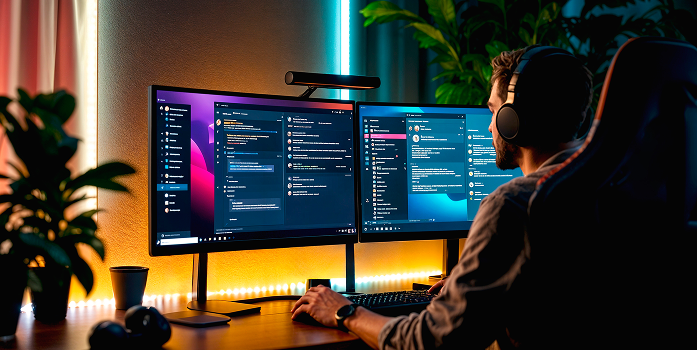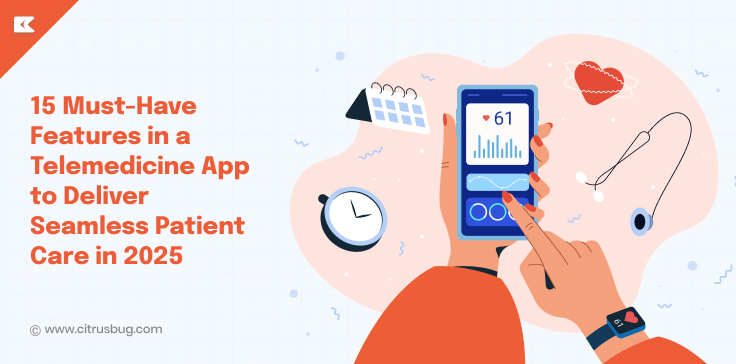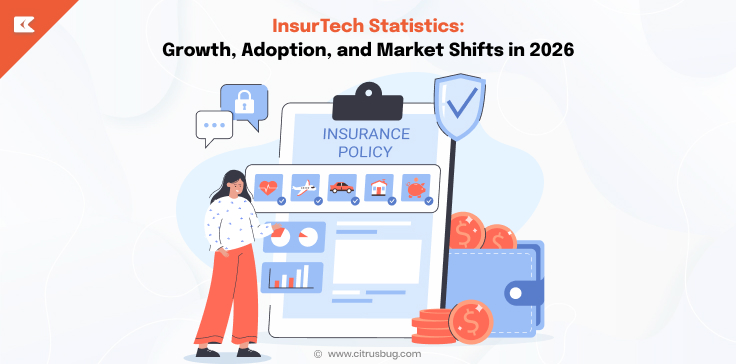15 Must-Have Features in a Telemedicine App to Deliver Seamless Patient Care in 2025
- May 26, 2025
-
2166 Views
- by Ishan Vyas
Table of Contents
- Why App Features Can Make or Break Your Telemedicine Platform?
- 15 Must-Have Telemedicine App Features in 2025
- Choosing the Right Features for Your Telemedicine App
- How Citrusbug Technolabs Helps You Build a Feature-Rich Telemedicine App?
- Final Thoughts: Building the Future of Virtual Care with the Right Features
From a ‘must-have’ during the pandemic, telemedicine has quickly become an integral part of contemporary healthcare. By the start of 2025, healthcare consumers expect virtual care to be effortless, safe, and easy to navigate. For both short virtual visits and long-term chronic disease management, telemedicine apps are now expected to provide a wide range of services.
For clinics, healthcare providers, and startups that have made investments into digital care platforms, merely having a telemedicine app is not sufficient. It should be equipped with the proper functionalities that adhere to compliance requirements like HIPAA and actually provide value to patients and physicians.
If you hope to scale an existing platform or if you want to build from the ground up, this guide will make sure that you meet today’s healthcare user needs with your feature set.
Why App Features Can Make or Break Your Telemedicine Platform?
Although sleek interfaces and fast-loading screens make good first impressions, the true measure of an app’s success is the depth and utility of its features. In the ever-changing world of telehealth, users become frustrated with a platform that lacks crucial telehealth capabilities, creating the risk of non-compliance and stunted growth.
Common Pitfalls of Feature-Less Telemedicine Apps
Poor Patient Experience: Patients are likely to abandon the app after one use due to the lack of real-time chat features and appointment reminders.
Operational Inefficiencies: Concentrating on EHR documents and lacking integrated scheduling results in wasted time by both the physician and administrative staff.
Data Privacy Issues: Without appropriate protective measures, medical information may be compromised, incurring fines in legal proceedings.
Limited scalability: Telemedicine apps that lack cloud infrastructure with modular components find it difficult to handle a growing user base.
When thoughtfully chosen, every feature enhances the care journey: Discovery, booking, consultation, and follow-up.
With a robust feature set, you are not only designing a healthcare mobile application but a dependable healthcare ecosystem. This next section outlines the 15 essential features for a telemedicine app so that you get it right from the start.
15 Must-Have Telemedicine App Features in 2025
In 2025, however, developing a telemedicine app is only the first step: patients demand streamlined and tailored healthcare interactions. The platform can be made smarter and more user engaging by integrating AI into the core features, thus ensuring clinical and user satisfaction.
1. User Registration & Profile Management
Enable smooth onboarding using OCR-based document scanning, facial recognition for ID verification, and AI-assisted autofill for faster user profile creation. Integrate health history prediction models to suggest relevant information based on demographics and past interactions.
2. AI-Powered Appointment Scheduling
Apply AI techniques to diagnose patients and suggest corresponding specialists with the highest match on symptoms, history, spoken languages, and even waiting times. And of course, Appointment Slots can also be suggested through advanced user behavior and peak doctor analyzing as predictive scheduling.
3. Consult Video and Audio with AI Agendas
Integrate AI video technologies to enhance real-time transcription, noise reduction, and background silence for high-quality, low-latency video conferencing to greatly improve patient engagement through better emotion-aware diagnostics.
4. AI Chatbot & Real-Time Messaging
Introduce an AI-powered chatbot to handle FAQs, triage patients, or assist with pre-consultation assessments. Combined with secure live messaging, this feature streamlines communication and reduces doctor workload by 20–30%.
5. Electronic Health Record (EHR) Integration with Smart Summarization
Implement an extraction and summarization AI technology on existing EHR systems to provide physicians with a brief overview of the patient’s history. Using NLP models on the data enables automatic selection of important trends in the patient’s health, medication compliance, and even recent lab tests for quick decisions.
6. e-Prescription & Medication Tracker with AI Reminders
Enable automated, digital prescription generation with AI-driven drug interaction checks. Integrate a smart medication tracker that uses behavioral data to send reminders and predict refill needs, improving medication adherence.
7. Synchronization Across All Devices
Your app should be responsive and synchronized to work seamlessly across mobile, tablet, and desktop technologies. Use cloud sync to maintain session continuity and permit patients to change devices mid-consultation.
8. HIPAA-Compliant Data Encryption & AI-Powered Threat Detection
All data transmissions should be secured by advanced encryption protocols. Add AI-based security systems which mark anomalies in relation to the log-in’s access patterns, detect unauthorized log-in’s, and thwart cybersecurity breaches before they occur.
9. Payment Gateway Integration with Smart Billing
Integrate several methods of payment—cards, wallets, and insurance—alongside AI capabilities to create invoices, forecast eligibility, and identify fraud or erroneous billing in real-time.
10. Doctor Dashboard with Predictive Analytics
Provide access to a real-time AI powered analytics, patient load forecasting, and outcome analytics to virtual healthcare providers through a consolidated doctor dashboard. With such capabilities, physicians can take proactive actions to refine their practice.
11. Patient Portal with Health Insights
Enable the patient portal to not only manage cool appointments and documents but also generate smart care plan suggestions with risk scoring for tailored predictive planning leveraging data from past consultations and live wearable tech analytics.
12. Remote Patient Monitoring (RPM) with AI Diagnostics
Incorporate IoT devices, such as glucose monitors or ECG trackers, with AI systems to analyze the data for early warning signs or anomalies. Notify physicians automatically when the monitored metrics surpass set thresholds.
13. Push Notifications & Behavioral Alerts
Proactive alerts go beyond standard reminders. Leverage health analytics to trigger alerts related to skipped medications, infrequent checkups, or aberrant trends in health deterioration tailored to individual patient habits and their well-being.
14. Multi-Language & AI-Driven Accessibility Support
Enable multilingual assistance through real-time AI translation during chats or consultations and textual transcripts. Implement AI-initiated voice guidance, text-to-speech, and vistext t-friendly contrast modes as features for easier navigation and better accessibility.
15. Cloud-Native, AI-Ready Architecture
Utilize TensorFlow serving, AWS SageMaker, or Azure AI to build and host your telemedicine platform on the cloud, enabling AI scalability. These providers ensure swift model deployment, elastic performance, and real-time processing.
Bonus Feature: Symptom Checker with Generative AI
Add a chat-based symptom checker built with a large language model (LLM) that performs a simple medical interview, offers basic instructions, and directs the user to the appropriate specialist or level of care, all while collecting pertinent information for the physician beforehand.
Choosing the Right Features for Your Telemedicine App
Although adding every possible feature to your telemedicine app might be tempting, crafting an effective blend of tools based on your business model, users, and compliance requirements is critical. With proper balance, a good blend of features boosts spend efficiency on active development alongside enhanced user experience, accelerates time-to-market, and maximizes development cost optimization.
1. Start with the Core Use Case
Is it primary care, mental health, chronic condition, or post-operative care monitoring? Each of these use cases has different needs and considerations:
- Primary care focused apps support appointment scheduling, EHR retrieval, and e-prescription services.
- Mental health apps may require high-quality video/audio and AI systems that can read emotions.
- RPM-based applications require integration with IoT devices and systems for predictive alerting tailored to real-time data streams.
2. Prioritize Compliance-Driven Features
Healthcare is among the most regulated industries and failure to comply can lead to lawsuits, trust issues, or denial of partnerships with insurers. Start with these features:
- Compliance with HIPAA and GDPR legal regulations
- Role-based access control (RBAC)
- Encryption of data both when stored and during transmission
- Audit logs of clinical actions performed
3. Leverage Modular, Scalable Architecture
It’s wise to create a Minimum Viable Product (MVP) first. Select a modular development structure so that advanced AI components such as symptom checking, NLP powered chats, and predictive analytics can be implemented over time without disturbing the core product.
4. Consider Your End User’s Tech Maturity
Patients and providers do not have the same levels of technological knowledge. For the elderly and people living in low-connectivity regions, offline sync as well as AI interfaces are just as important as advanced machine intelligence.
5. Collaborate with a Specialized Development Partner
Choosing a tech partner with proven experience in healthcare app development can help you:
- Avoid common pitfalls
- Ensure compliance from day one
- Integrate emerging technologies like GenAI and machine learning
- Build a product that’s patient-first and future-ready
How Citrusbug Technolabs Helps You Build a Feature-Rich Telemedicine App?
Developing a telemedicine application in 2025 is more than just programming; it involves domain knowledge, preparation for compliance, integration of AI technologies, and a significant focus on the design of the application from a patient’s perspective. With years of experience in healthcare software engineering and AI innovation, Citrusbug Technolabs is able to integrate all of these to provide a comprehensive solution.
Here’s how we help you launch smarter, safer, and scalable telehealth solutions:
Custom Feature Mapping Aligned to Your Business Goals
We do not work with templates because we do not believe in a one-size-fits-all approach. Our team collaborates with healthcare practitioners, startups, and even large enterprises to create an optimal feature set that considers speciality, user base, region and its regulations, and the monetization model. Be it mental health, chronic care, or urgent care, we design to fit.
AI Integration That Adds Real Value
Our AI specialists assist you in incorporating intelligent systems within your app, like:
- LLM-powered symptom checkers
- AI Triaging bots
- Medical Transcription and summarization
- Predictive analytics for patient risk scoring
Our focus is on AI that enhances care, technology that improves outcomes, not only automation.
Compliance-First Architecture
We create applications with HIPAA, GDPR, ISO, and HL7 healthcare compliance policies ingrained within them. We offer:
- End-to-end encryption
- Secure data storage
- Role-based access control
- Audit-ready system logs
Seamless EHR and IoT Integration
Your app can be integrated with EHR systems and wearable technologies, such as FitBit, Apple’s HealthKit, and glucose monitors for proactive and remote patient monitoring (RPM).
Scalable, Cloud-Native Infrastructure
Applications are built on a cloud-native and containerized architecture (AWS, Azure, GCP) which guarantees high performance and scalability with users on board.
Speed to Market with Quality
We deliver within a sprint cycle while maintaining our set standards with agile sprints, automating testing pipelines, and design-led development for mobile applications.
Final Thoughts: Building the Future of Virtual Care with the Right Features
Telemedicine applications have evolved from a digital supplement to an integral aspect of healthcare delivery, access, and optimization. Market competition now goes beyond functionality as it is settled with a mixture of user experience, security, scalability, and AI-driven features that differentiate and set your app aside.
Whether you are a healthcare provider expanding your digital offerings or an emerging healthtech startup, embedding an intelligent telemedicine app with compliance-ready features is critical to delivering modern and efficient, care that is patient-centric.
If you are looking to upgrade or launch a vibrant care platform, work with a company that specializes in telemedicine software development services. At Citrusbug Technolabs, we assist healthcare businesses in developing scalable, AI-integrated solutions designed around real-world scenarios.


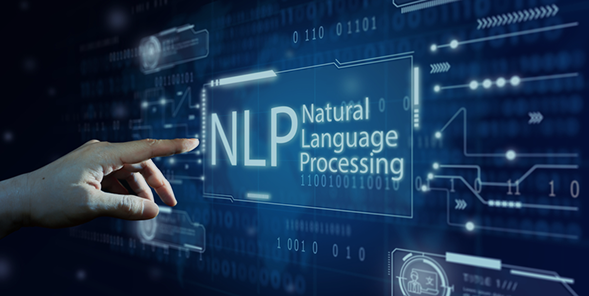
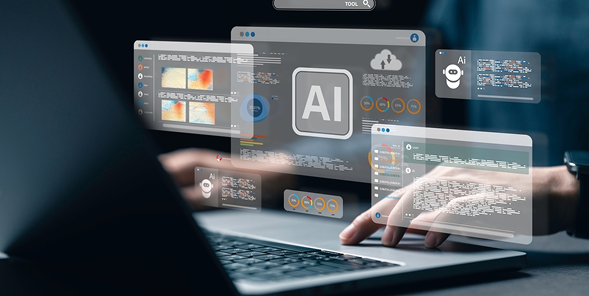

 SaaS Development
SaaS Development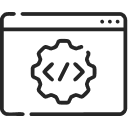 Web Application Development
Web Application Development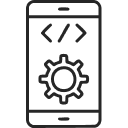 Mobile Application Development
Mobile Application Development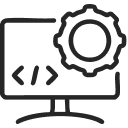 Custom Software Development
Custom Software Development Cloud Development
Cloud Development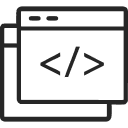 DevOps Development
DevOps Development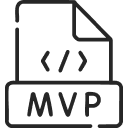 MVP Development
MVP Development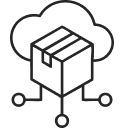 Digital Product Development
Digital Product Development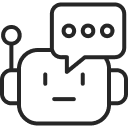 Hire Chatbot Developers
Hire Chatbot Developers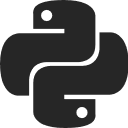 Hire Python Developers
Hire Python Developers Hire Django Developers
Hire Django Developers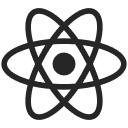 Hire ReactJS Developers
Hire ReactJS Developers Hire AngularJS Developers
Hire AngularJS Developers Hire VueJS Developers
Hire VueJS Developers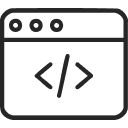 Hire Full Stack Developers
Hire Full Stack Developers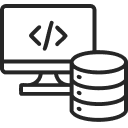 Hire Back End Developers
Hire Back End Developers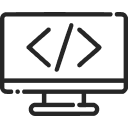 Hire Front End Developers
Hire Front End Developers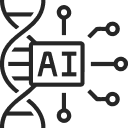 AI Healthcare Software Development & Consulting
AI Healthcare Software Development & Consulting Healthcare App Development
Healthcare App Development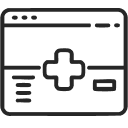 EHR Software Development
EHR Software Development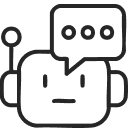 Healthcare AI Chatbot Development
Healthcare AI Chatbot Development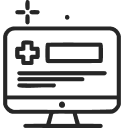 Telemedicine App Development Company
Telemedicine App Development Company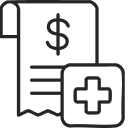 Medical Billing Software Development
Medical Billing Software Development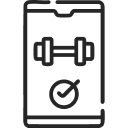 Fitness App Development
Fitness App Development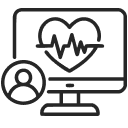 RPM Software Development
RPM Software Development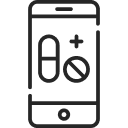 Medicine Delivery App Development
Medicine Delivery App Development Medical Device Software Development
Medical Device Software Development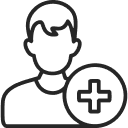 Patient Engagement Software Solutions
Patient Engagement Software Solutions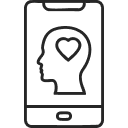 Mental Health App Development
Mental Health App Development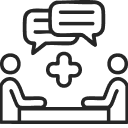 Healthcare IT Consulting
Healthcare IT Consulting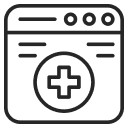 Healthcare CRM Software Development
Healthcare CRM Software Development Healthcare IT Managed Services
Healthcare IT Managed Services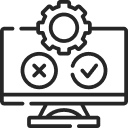 Healthcare Software Testing services
Healthcare Software Testing services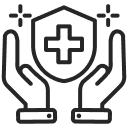 Medical Practice Management Software
Medical Practice Management Software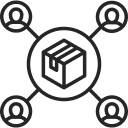 Outsourcing Healthcare IT Services
Outsourcing Healthcare IT Services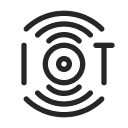 IoT Solutions for Healthcare
IoT Solutions for Healthcare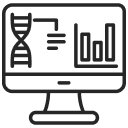 Medical Image Analysis Software Development Services
Medical Image Analysis Software Development Services Lending Software Development Services
Lending Software Development Services Payment Gateway Software Development
Payment Gateway Software Development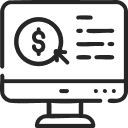 Accounting Software Development
Accounting Software Development AI-Driven Banking App Development
AI-Driven Banking App Development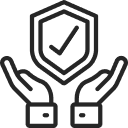 Insurance Software Development
Insurance Software Development Finance Software Development
Finance Software Development Loan Management Software Development
Loan Management Software Development Decentralized Finance Development Services
Decentralized Finance Development Services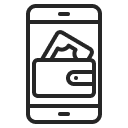 eWallet App Development
eWallet App Development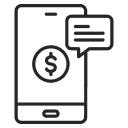 Payment App Development
Payment App Development Money Transfer App Development
Money Transfer App Development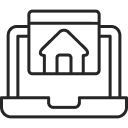 Mortgage Software Development
Mortgage Software Development Insurance Fraud Detection Software Development
Insurance Fraud Detection Software Development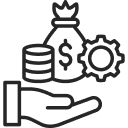 Wealth Management Software Development
Wealth Management Software Development Cryptocurrency Exchange Platform Development
Cryptocurrency Exchange Platform Development Neobank App Development
Neobank App Development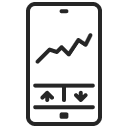 Stock Trading App Development
Stock Trading App Development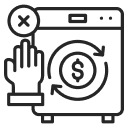 AML software Development
AML software Development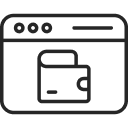 Web3 Wallet Development
Web3 Wallet Development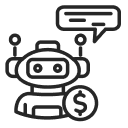 Robo-Advisor App Development
Robo-Advisor App Development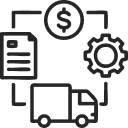 Supply Chain Management Software Development
Supply Chain Management Software Development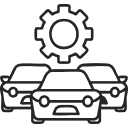 Fleet Management Software Development
Fleet Management Software Development Warehouse Management Software Development
Warehouse Management Software Development LMS Development
LMS Development Education App Development
Education App Development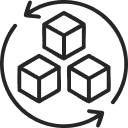 Inventory Management Software Development
Inventory Management Software Development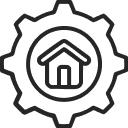 Property Management Software Development
Property Management Software Development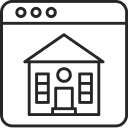 Real Estate CRM Software Development
Real Estate CRM Software Development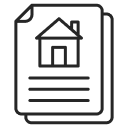 Real Estate Document Management Software
Real Estate Document Management Software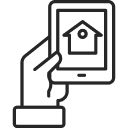 Construction App Development
Construction App Development Construction ERP Software Development
Construction ERP Software Development
